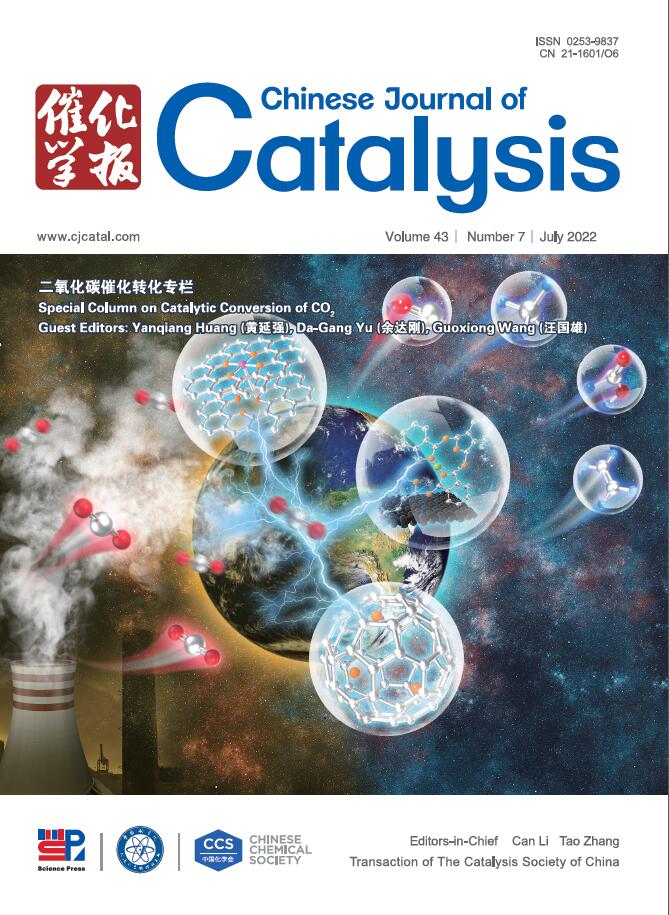Unified construction of prenylated and reverse-prenylated oxindoles from isoprene launched by Ni catalysis
IF 15.7
1区 化学
Q1 CHEMISTRY, APPLIED
引用次数: 0
Abstract
As important natural and pharmaceutical motifs, the catalytic construction of structurally diverse 3,3-disubstituted oxindoles often requires elaborate synthetic efforts on optimizations. Herein, we developed a simple and divergent approach for constructing reverse-prenylated and prenylated oxindoles launched by Ni catalysis with bulk chemical isoprene. Using C3-unsubstituted oxindoles as starting materials, mono reverse-prenylation was demonstrated in high chemo- and regioselectivities facilitated by the combination of Ni(0) and monodentate phosphine ligand. Using the obtained reverse-prenylated oxindoles as versatile synthon, substitutions at the pseudobenzylic position with various electrophiles created vicinal quaternary centers in a concise way. With the help of additives (PPh3 and NaH), air could be directly used as green oxidant to construct prenylated and reverse-prenylated α-hydroxy-oxindoles divergently from the same substrates. In situ esterification of prenylated α-hydroxy-oxindoles allowed subsequent Friedel-Crafts substitutions with diverse nucleophiles to deliver prenyl substituted dimeric or spiro-oxindoles. This protocol provides a divergent synthetic approach for the construction of highly functionalized 3,3-disubstituted oxindoles, which have been otherwise difficult to access in a unified approach.
求助全文
约1分钟内获得全文
求助全文
来源期刊

Chinese Journal of Catalysis
工程技术-工程:化工
CiteScore
25.80
自引率
10.30%
发文量
235
审稿时长
1.2 months
期刊介绍:
The journal covers a broad scope, encompassing new trends in catalysis for applications in energy production, environmental protection, and the preparation of materials, petroleum chemicals, and fine chemicals. It explores the scientific foundation for preparing and activating catalysts of commercial interest, emphasizing representative models.The focus includes spectroscopic methods for structural characterization, especially in situ techniques, as well as new theoretical methods with practical impact in catalysis and catalytic reactions.The journal delves into the relationship between homogeneous and heterogeneous catalysis and includes theoretical studies on the structure and reactivity of catalysts.Additionally, contributions on photocatalysis, biocatalysis, surface science, and catalysis-related chemical kinetics are welcomed.
 求助内容:
求助内容: 应助结果提醒方式:
应助结果提醒方式:


